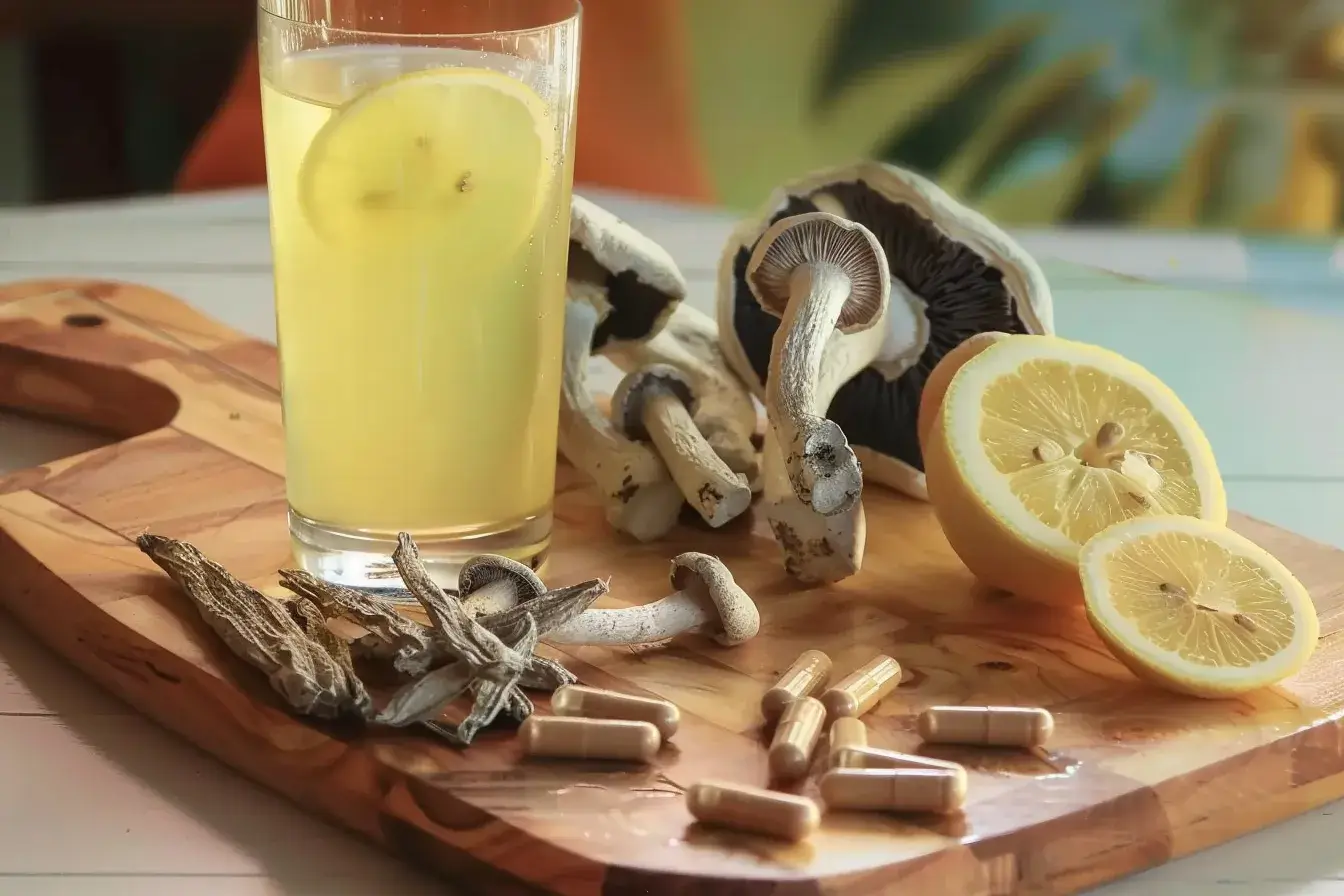Key Takeaways
The experience of consuming psilocybin mushrooms, also known as magic mushrooms or “shrooms,” can vary widely among individuals, influenced by factors such as dosage, individual physiology, and the setting in which they are taken. However, there is a general timeline for the onset, duration, and phases of a psilocybin trip.(1, 2)
Factors Influencing the Psilocybin Experience
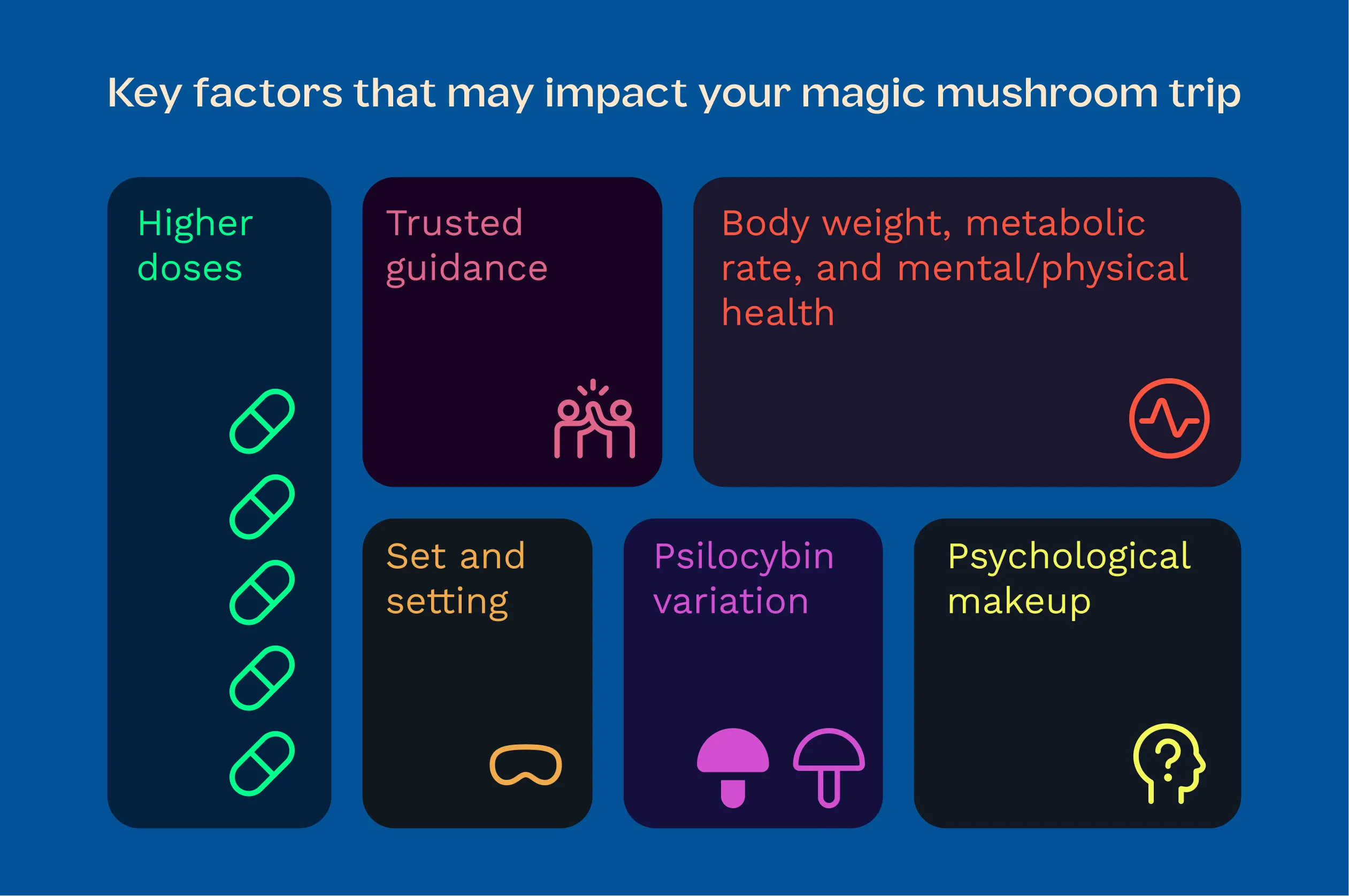
Several factors can affect your mushroom trip’s intensity, duration, and quality, making understanding these elements essential for anyone considering its use. Dosage plays a pivotal role, with the amount consumed influencing the effects’ strength and longevity.(3, 4)
Variations in psilocybin content across different mushroom species and even within the same batch may complicate dosage precision, leading to a range of experiences from mild perceptual changes to intense, consciousness-altering states. Individual factors like body weight, metabolic rate, mental and physical health, and psychological makeup, including personality, mood, and even past psychedelic experiences, are some of the factors that may also significantly impact the psilocybin journey.(3, 4)
Key factors that impact your magic mushroom trip (or experience) include:
Keep Up with Uncensored Psychedelic Trends
Join our newsletter at Psychedelics Uncensored.
We respect and protect your privacy. By subscribing your info will be subject to our privacy policy . Unsubscribe easily at any time
As highlighted above, the concept of “set and setting,” where “set” refers to the individual’s mindset, and “setting” refers to the physical and social environment, critically shapes the psychedelic experience. A positive mindset in a safe, supportive setting can lead to insightful experiences, whereas negative mental states or unsupportive environments can result in challenging trips. The presence of trusted tripsitters or guides, along with the broader cultural and societal attitudes towards psychedelics, further influence the nature of a psilocybin experience. This highlights the complex interplay of internal and external factors in determining the outcome of a psychedelic journey.(3, 4)
What is The Duration of a Magic Mushroom Trip?
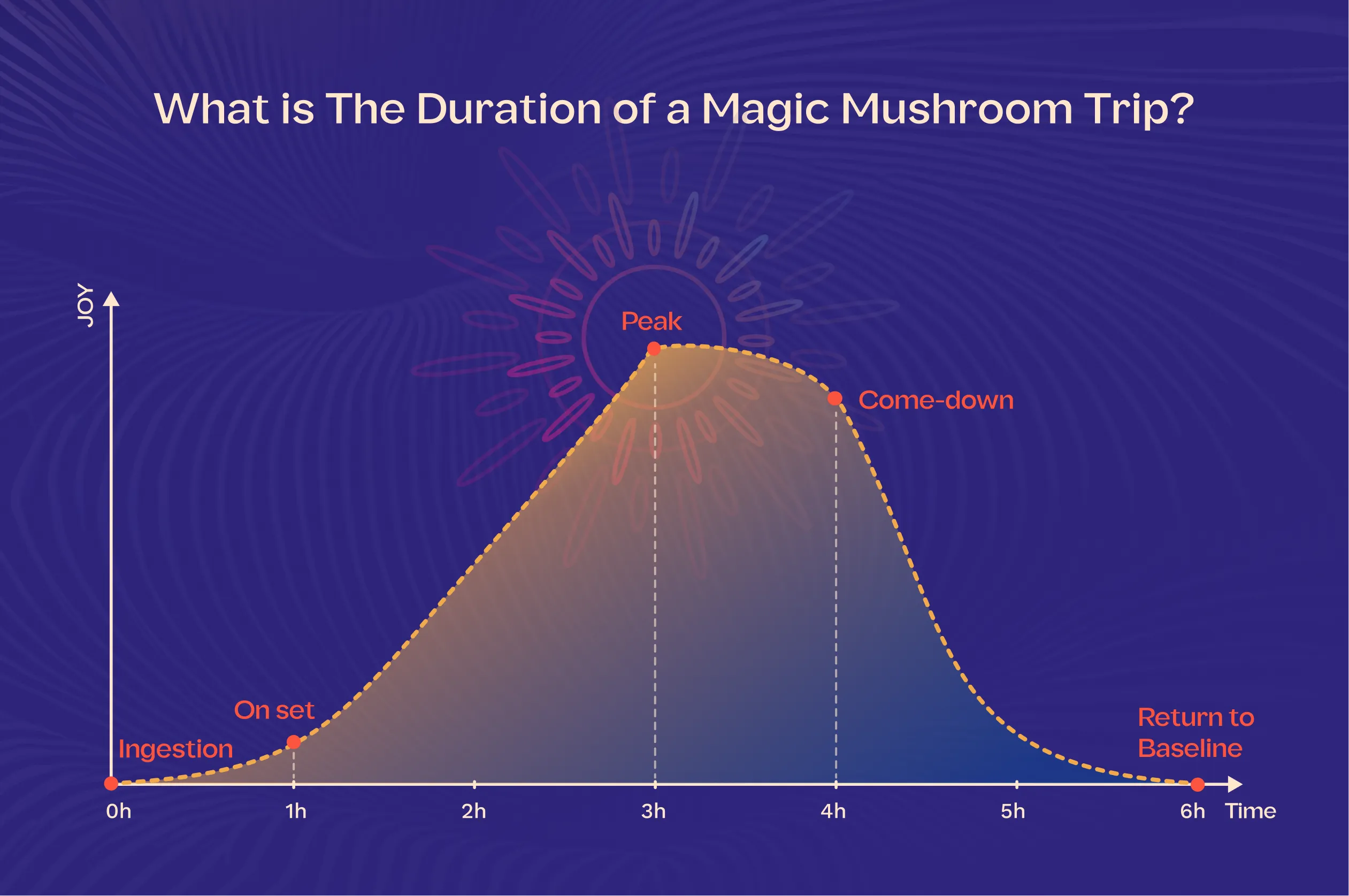
Consuming psilocybin mushrooms, or “shrooms,” offers a unique experience that varies by individual and is influenced by dosage, physiology, and environment. According to anecdotal sources like the Erowid Foundation, users can expect the trip to last several hours once you have taken the psilocybin.
Dosage: From Microdosing to High Doses
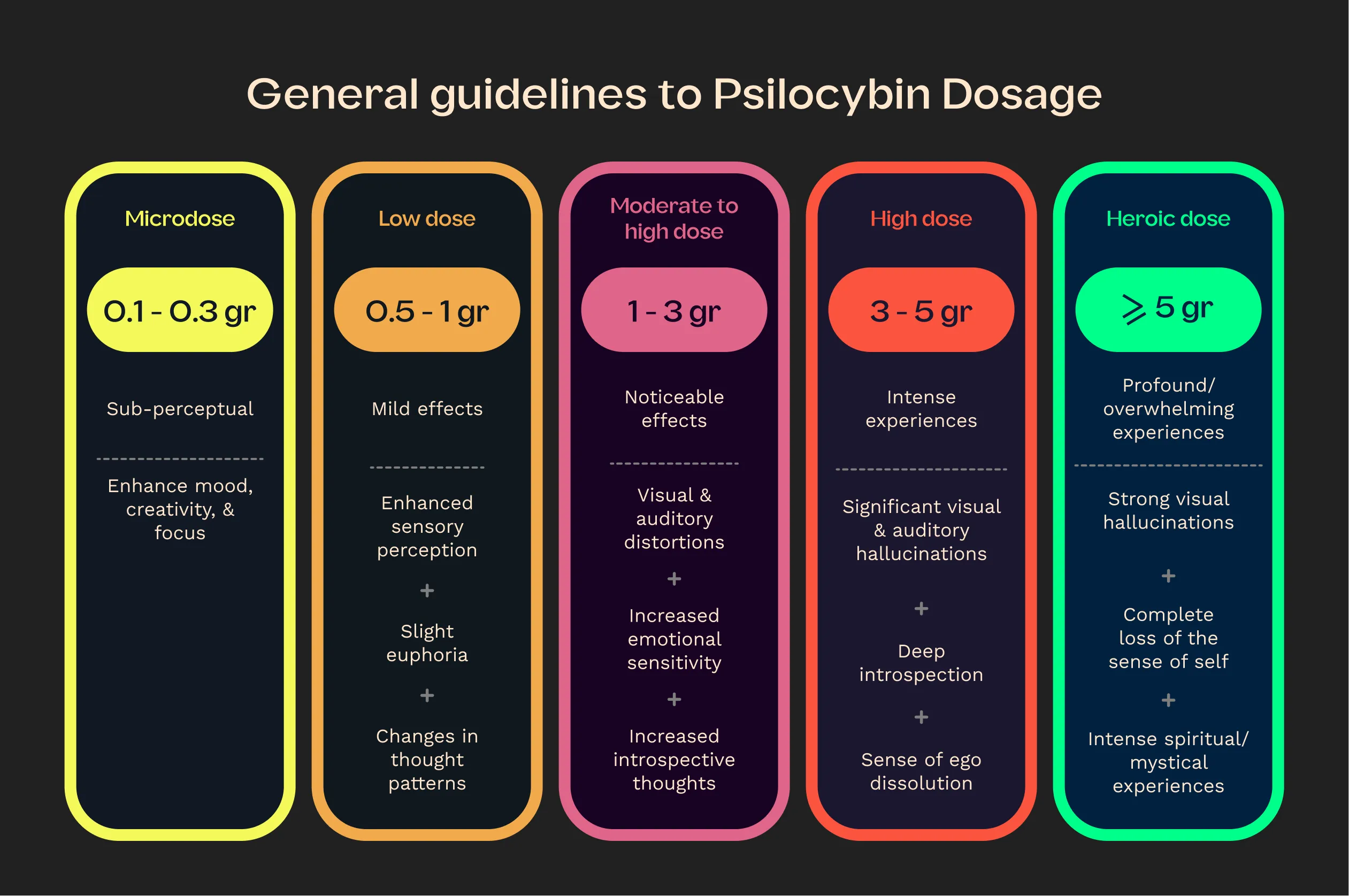
The amount of shrooms consumed is crucial in determining how long they stay in your system. Microdosing, which involves taking very small amounts to achieve sub-perceptual effects, typically results in a shorter duration of psilocybin in the body. Conversely, high doses can intensify the experience and extend the time psilocybin remains detectable. The body needs more time to metabolize and eliminate larger quantities of the substance.(5, 6)
Typical doses of psilocybin can vary based on the desired effects and individual tolerance. Here are some general guidelines:(6, 7)
The Role of Tolerance in Repeated Psilocybin Use
Tolerance is a significant factor to consider for individuals who use psilocybin mushrooms repeatedly. It refers to the body’s gradual reduction in response to a drug after continuous use, requiring higher doses to achieve the same effects. However, it should be noted that this information has been gathered from a source pertaining to microdosing.(9)
Understanding Tolerance Build-Up
Tolerance to psilocybin can develop quickly with frequent use. This phenomenon occurs as the brain’s neurochemistry adapts to psilocybin, particularly at the serotonin receptors primarily affected by the substance. Over time, these receptors may become less sensitive to psilocybin, leading to a diminished response.(9, 10)
Keep Up with Psychedelic Trends
Get uncensored psychedelic news, events, and updates. Join Psychedelics Uncensored!
We respect and protect your privacy. By subscribing your info will be subject to our privacy policy . Unsubscribe easily at any time
Impact on Duration and Intensity
One study that examined microdosing psilocybin found that as tolerance builds, the duration and intensity of psilocybin’s effects can significantly decrease. This means that regular users may find their experiences becoming less profound or shorter in duration, even when consuming amounts that previously produced strong effects. This diminished response can push individuals to increase their dosage to reach desired intensity levels, which carries its risks, including the potential for unpleasant or harmful effects. (11)
Waiting Period Between Trips
According to some anecdotal sources, such as the Erowid Foundation, it’s recommended to incorporate waiting periods between psilocybin trips to manage tolerance and reduce the risk of its negative impacts. These breaks can help reset the brain’s sensitivity to the substance. While there’s no one-size-fits-all guideline, a common community recommendation is to wait for at least one to two weeks between sessions. This not only helps manage tolerance but also maintains the psychological and emotional benefits of psilocybin use, ensuring each experience remains meaningful and safe. Longer breaks can further reduce tolerance levels and enhance the overall experience.(3, 12)
How Can I Mitigate Tolerance Build-up When Microdosing?
Tolerance buildup can also happen when microdosing. To avoid building a tolerance to psilocybin, we recommend you follow a microdosing schedule that includes rest days.(19)
The three most common psilocybin microdosing regimens are:
How Long Do Psilocybin Mushrooms Stay In Your System?
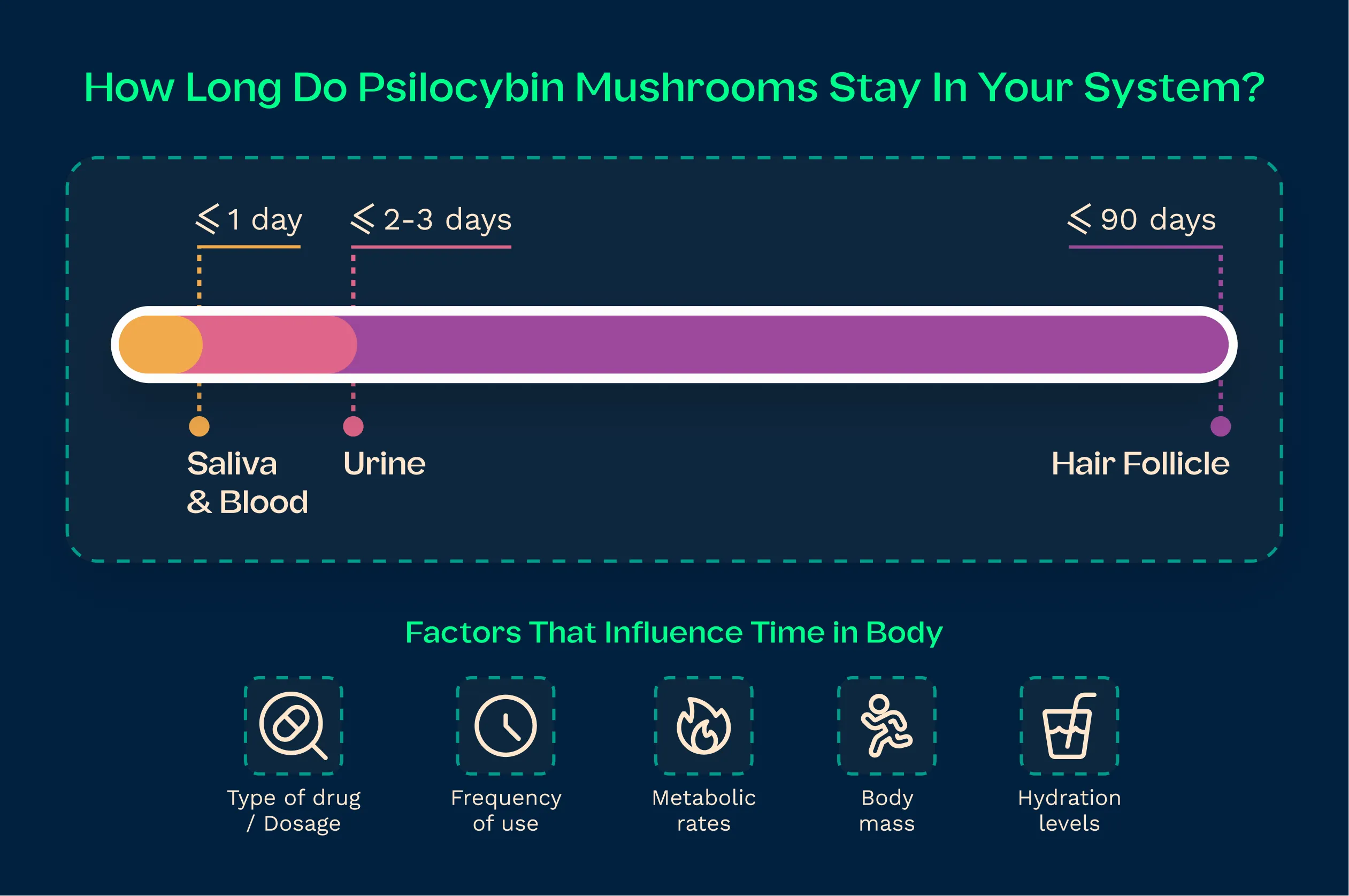
The detectability of psilocybin mushrooms in the body depends on the type of drug test administered. Each testing method has its detection window, which can vary based on factors such as dosage, metabolism, and frequency of use.(13)
Urine Tests: The Most Common Drug Test
Urine testing is the most frequently used method for detecting psilocybin and its metabolite, psilocin. Typically, psilocybin can be detected in urine for up to 24 hours after ingestion for occasional users. However, for those who consume psilocybin more frequently or in larger doses, the detection window may extend slightly to 2-3 days.(13)
That said, it is important to note that most standard drug tests are not designed to detect the presence of psilocybin. However, gas chromatography-mass spectrometry (GC-MS) and liquid chromatography-tandem mass spectrometry (LC-MS/MS) are available to confirm the active chemical in magic mushrooms.(14)
Standard drug panels typically test for the following substances:(13)
Hair Follicle Test: A Longer Detection Window
Hair follicle testing offers a much longer detection window for substances, including psilocybin. While not as commonly used for psilocybin detection due to its cost and the less frequent testing for this substance, hair tests can potentially identify psilocybin use for up to 90 days after ingestion. This is because drug metabolites enter the hair follicles through the bloodstream and remain in the hair as it grows.(15)
Blood and Saliva Tests: Shorter Detection Times
Blood and saliva tests have the shortest detection windows for psilocybin. In blood tests, psilocybin can usually be detected for several hours up to one day after use, as the substance is rapidly metabolized and eliminated from the bloodstream. Saliva tests also have a similar detection time frame, making these methods suitable for identifying recent use of psilocybin mushrooms.
Understanding these detection windows is crucial for individuals who may be subject to drug testing, as well as for medical and legal professionals. It’s important to note that the exact time psilocybin can be detected varies from person to person and is influenced by individual metabolic rates, body mass, hydration levels, and other personal factors.(15, 16)
Will Microdosing Psilocybin Show Up on a Drug Test?
While microdosing involves taking small amounts of psilocybin, it is still possible for it to be detected in drug tests, especially if the test is taken shortly after dosing. However, given the small amounts ingested and the rapid metabolism of psilocybin, detection is less likely than full doses, as higher dosages may remain in the body longer because they take longer to metabolize. Standard drug tests typically do not screen for psilocybin, but specialized tests can detect it.(16)
Contraindications for Psychedelic Use
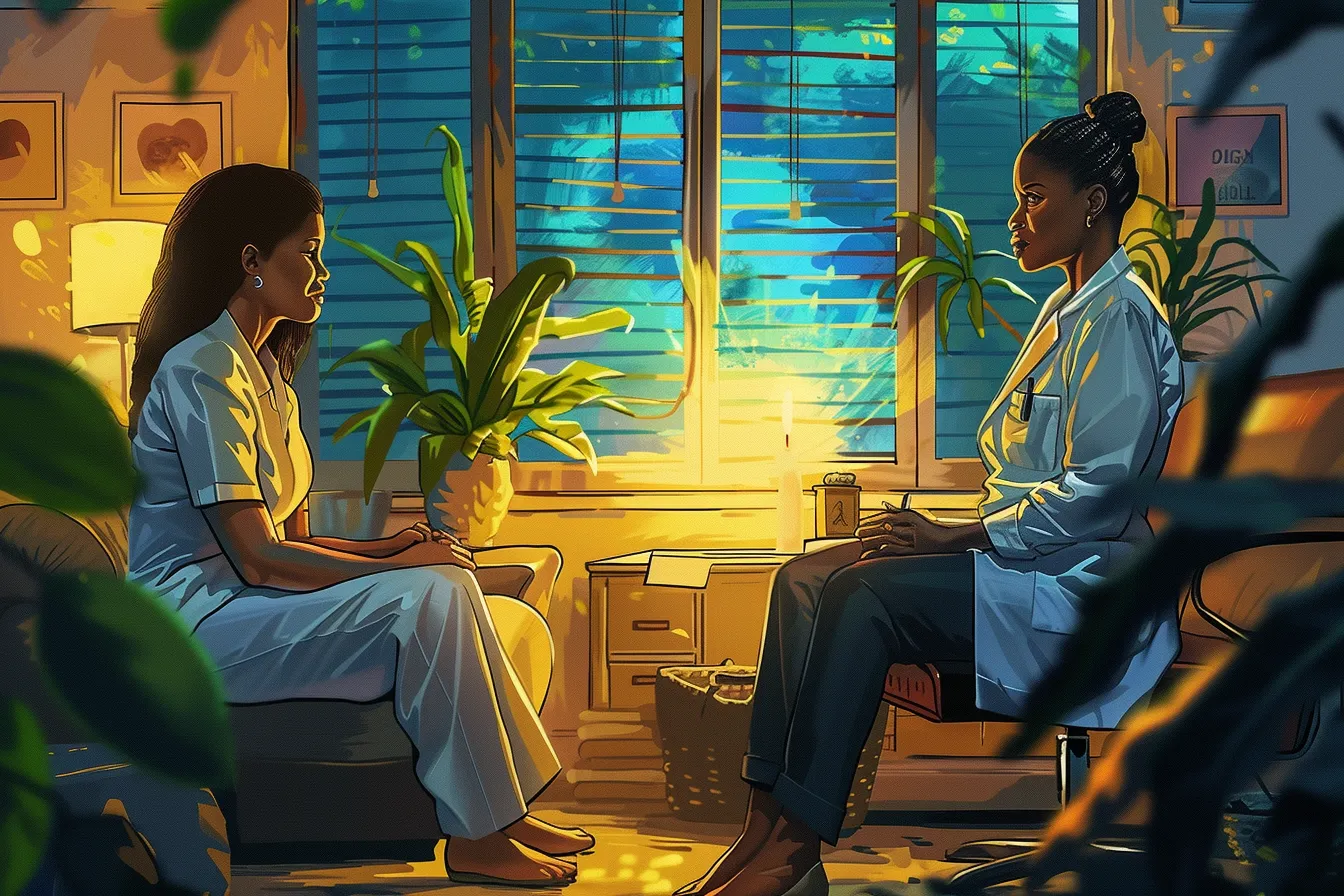
Classic psychedelics, such as psilocybin, LSD, DMT, and mescaline, may be effective in treating various psychiatric disorders, including depression, anxiety, PTSD, OCD, and substance use disorders. However, their use is contraindicated for individuals with certain medical and psychiatric conditions due to potential adverse effects. These psychedelics can elevate blood pressure and heart rate, posing risks for people with severe cardiovascular diseases, uncontrolled hypertension, or those who are pregnant. Additionally, the risk of serotonin syndrome increases if used alongside medications that raise serotonin levels, like SSRIs or MAO-Is, making it critical to avoid these combinations.(8)
Key Contraindications:(8)
Medical:(8)
Psychiatric:(8)
Psychedelics can also exacerbate psychiatric conditions such as prolonged psychosis in individuals with personal or family histories of schizophrenia, bipolar disorder, or those experiencing psychotic symptoms during depressive episodes. Moreover, people with significant unresolved trauma who lack fundamental coping skills should avoid psychedelics, as they may trigger intense emotional distress and traumatic memories. Individuals with a history of adverse reactions to psychedelics, such as prolonged psychosis or suicidal ideation, are also advised against their use. Consulting with a trained medical professional is essential before considering psychedelic-assisted treatment to ensure safety and address potential complications.(8)
Frequently Asked Questions
Sources

1. Erowid Psilocybin Mushroom Vault: Effects. (n.d.). Erowid.org. https://erowid.org/plants/mushrooms/mushrooms_effects.shtml
2. Griffiths, R. R., Richards, W. A., McCann, U., & Jesse, R. (2006). Psilocybin can occasion mystical-type experiences having substantial and sustained personal meaning and spiritual significance. Psychopharmacology, 187(3), 268–283. https://doi.org/10.1007/s00213-006-0457-5
3. Psilocybin – an overview | ScienceDirect Topics. (n.d.). Www.sciencedirect.com. https://www.sciencedirect.com/topics/chemistry/psilocybin
4. Ziff, S., Stern, B., Lewis, G., Majeed, M., & Gorantla, V. R. (2022). Analysis of Psilocybin-Assisted Therapy in Medicine: A Narrative Review. Cureus, 14(2). https://doi.org/10.7759/cureus.21944
5. Bigwood, J., & Beug, M. W. (1982). Variation of psilocybin and psilocin levels with repeated flushes (harvests) of mature sporocarps of Psilocybe cubensis (earle) singer. Journal of Ethnopharmacology, 5(3), 287–291. https://doi.org/10.1016/0378-8741(82)90014-9
6. Erowid Psilocybin Mushroom Vault : Effects. (n.d.). Erowid.org. https://erowid.org/plants/mushrooms/mushrooms_effects.shtml
7. Polito, V., & Stevenson, R. J. (2019). A systematic study of microdosing psychedelics. PLOS ONE, 14(2), e0211023. https://doi.org/10.1371/journal.pone.0211023
8. Dinis-Oliveira, R. J. (2017). Metabolism of psilocybin and psilocin: clinical and forensic toxicological relevance. Drug Metabolism Reviews, 49(1), 84–91. https://doi.org/10.1080/03602532.2016.1278228
9. Garcia-Romeu, A., Barrett, F. S., Carbonaro, T. M., Johnson, M. W., & Griffiths, R. R. (2021). Optimal dosing for psilocybin pharmacotherapy: Considering weight-adjusted and fixed dosing approaches. Journal of Psychopharmacology, 35(4), 353–361. https://doi.org/10.1177/0269881121991822
10. Aragam, G. (2022, March 22). Medical Contraindications to “Classic” Psychedelic Use. Psychedelics.ucsf.edu. https://psychedelics.ucsf.edu/blog/medical-contraindications-to-classic-psychedelic-use
11. Murphy, R. J., Muthukumaraswamy, S., & de Wit, H. (2024). Microdosing Psychedelics: Current Evidence From Controlled Studies. Biological Psychiatry: Cognitive Neuroscience and Neuroimaging. https://doi.org/10.1016/j.bpsc.2024.01.002
12. Mario, Jaster, A. M., McGinn, J., Silva, G. M., Saha, S., & González-Maeso, J. (2022). Tolerance and Cross-Tolerance among Psychedelic and Nonpsychedelic 5-HT2A Receptor Agonists in Mice. ACS Chemical Neuroscience, 13(16), 2436–2448. https://doi.org/10.1021/acschemneuro.2c00170
13. 10-panel drug test: Which drugs, timeframes, and results. (2019, September 11). Www.medicalnewstoday.com. https://www.medicalnewstoday.com/articles/326305#what-to-expect
14. Dasgupta, A. (2017). Challenges in Laboratory Detection of Unusual Substance Abuse. Advances in Clinical Chemistry, 163–186. https://doi.org/10.1016/bs.acc.2016.07.004
15. Do shrooms show up on a drug test? (2021, February 8). Www.medicalnewstoday.com. https://www.medicalnewstoday.com/articles/do-shrooms-show-up-on-a-drug-test
16. Sticht, G., & Käferstein, H. (2000). Detection of psilocin in body fluids. Forensic Science International, 113(1-3), 403–407. https://doi.org/10.1016/s0379-0738(00)00213-9
17. Kaypak, A. C., & Raz, A. (2022). Macrodosing to microdosing with psychedelics: Clinical, social, and cultural perspectives. Transcultural Psychiatry, 136346152211193. https://doi.org/10.1177/13634615221119386
18. Cavanna, F., Muller, S., de la Fuente, L. A., Zamberlan, F., Palmucci, M., Janeckova, L., Kuchar, M., Pallavicini, C., & Tagliazucchi, E. (2022). Microdosing with psilocybin mushrooms: a double-blind placebo-controlled study. Translational Psychiatry, 12(1). https://doi.org/10.1038/s41398-022-02039-0
19. Miller, E., Bojovic, V., Maddren, O., Rao, P., Adesina, D., Petrenko, A., & Ponton, R. (2024). Psychedelic Drug Microdosing Practices: A Qualitative Online Exploration. Journal of Psychoactive Drugs, 1–10. https://doi.org/10.1080/02791072.2024.2304554
 David Connell
David Connell Paloma Lehfeldt, MD
Paloma Lehfeldt, MD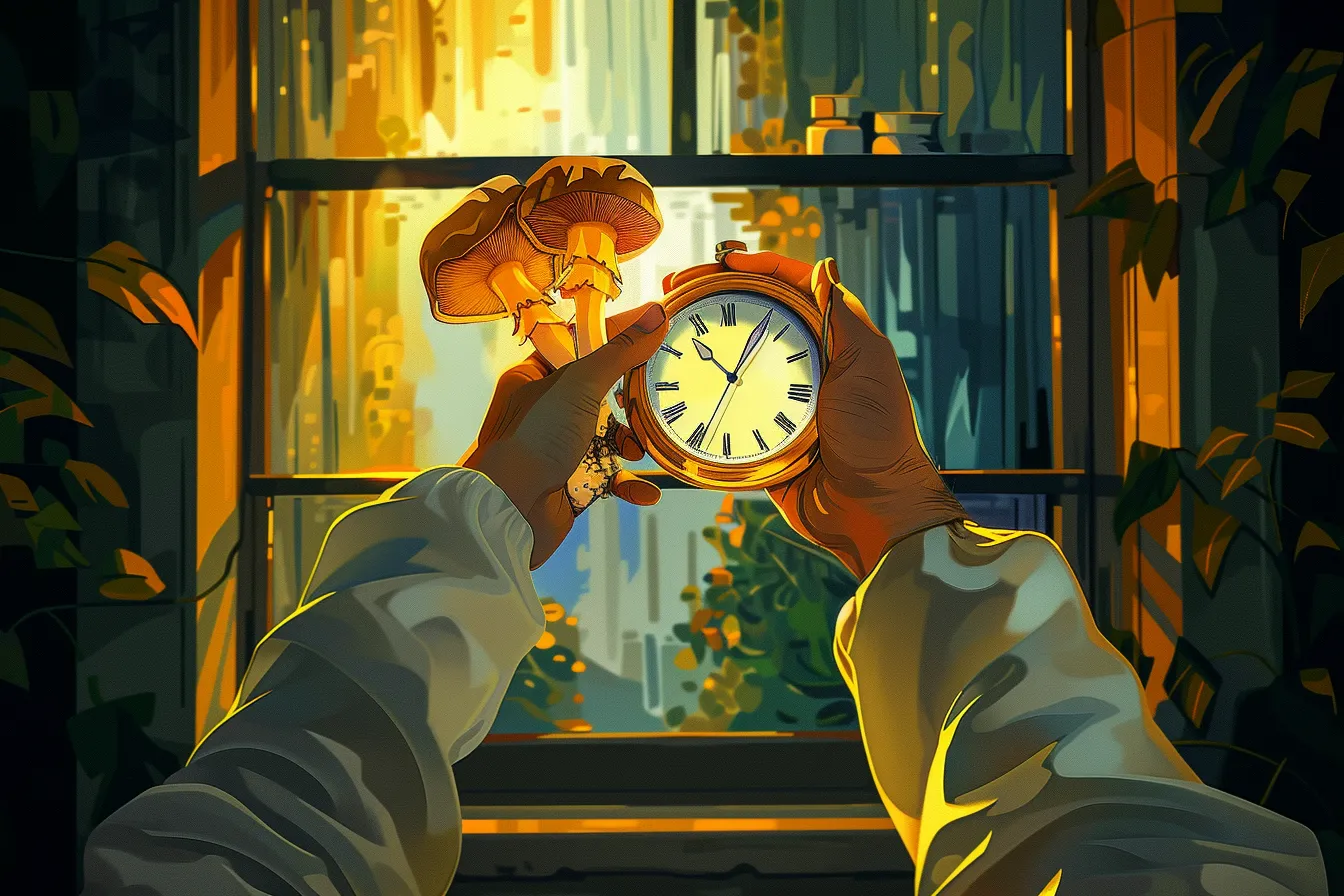
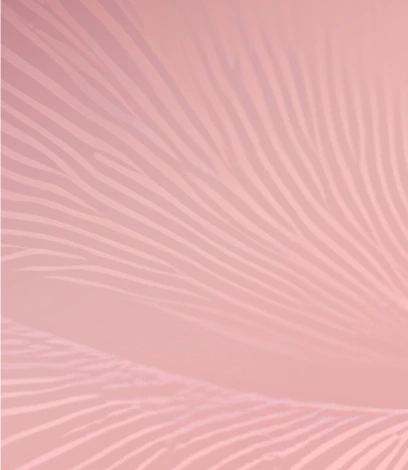
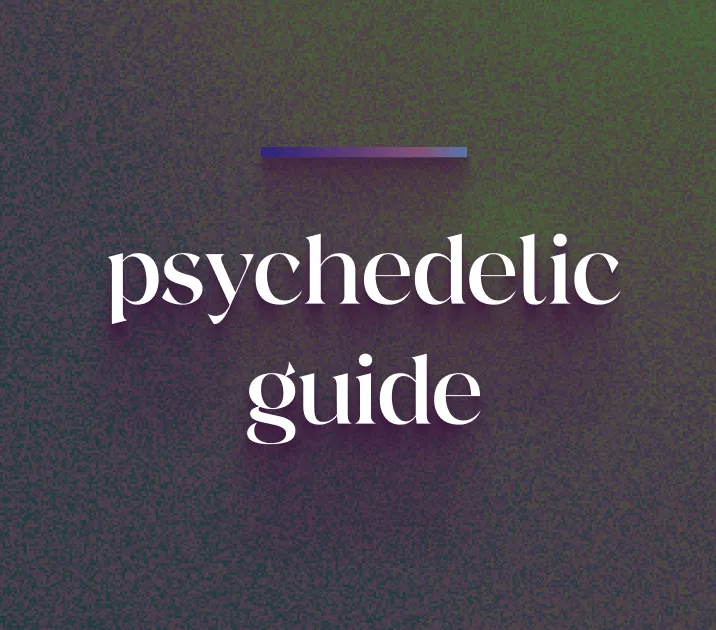
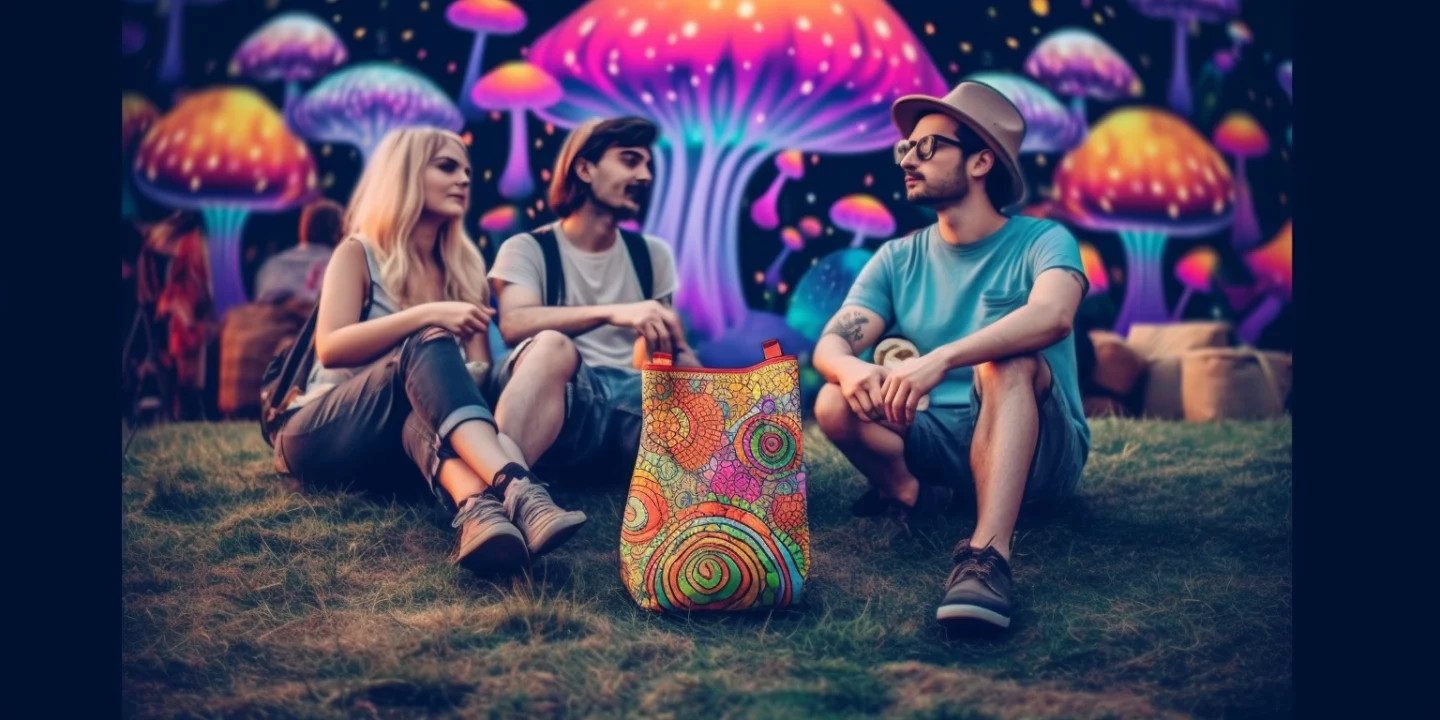

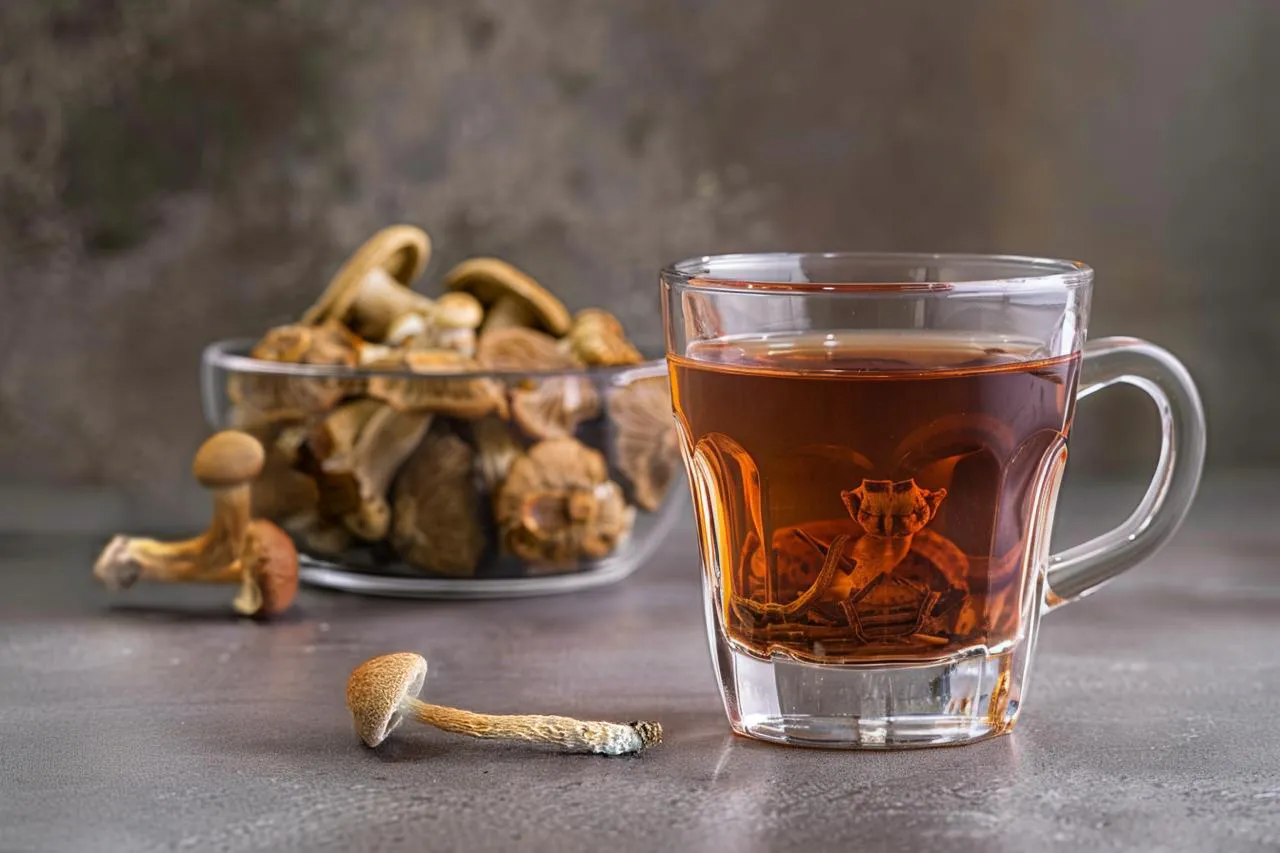
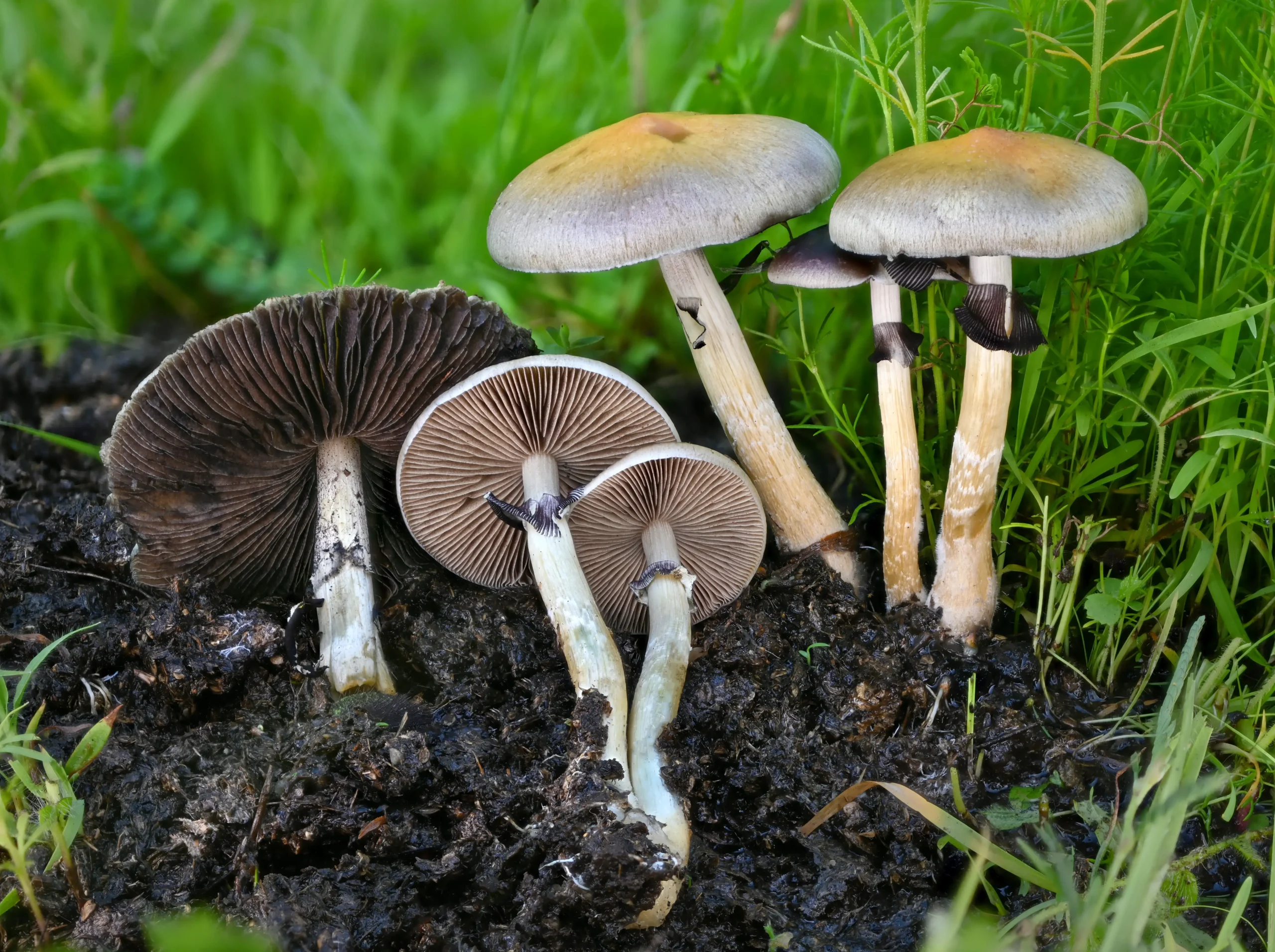
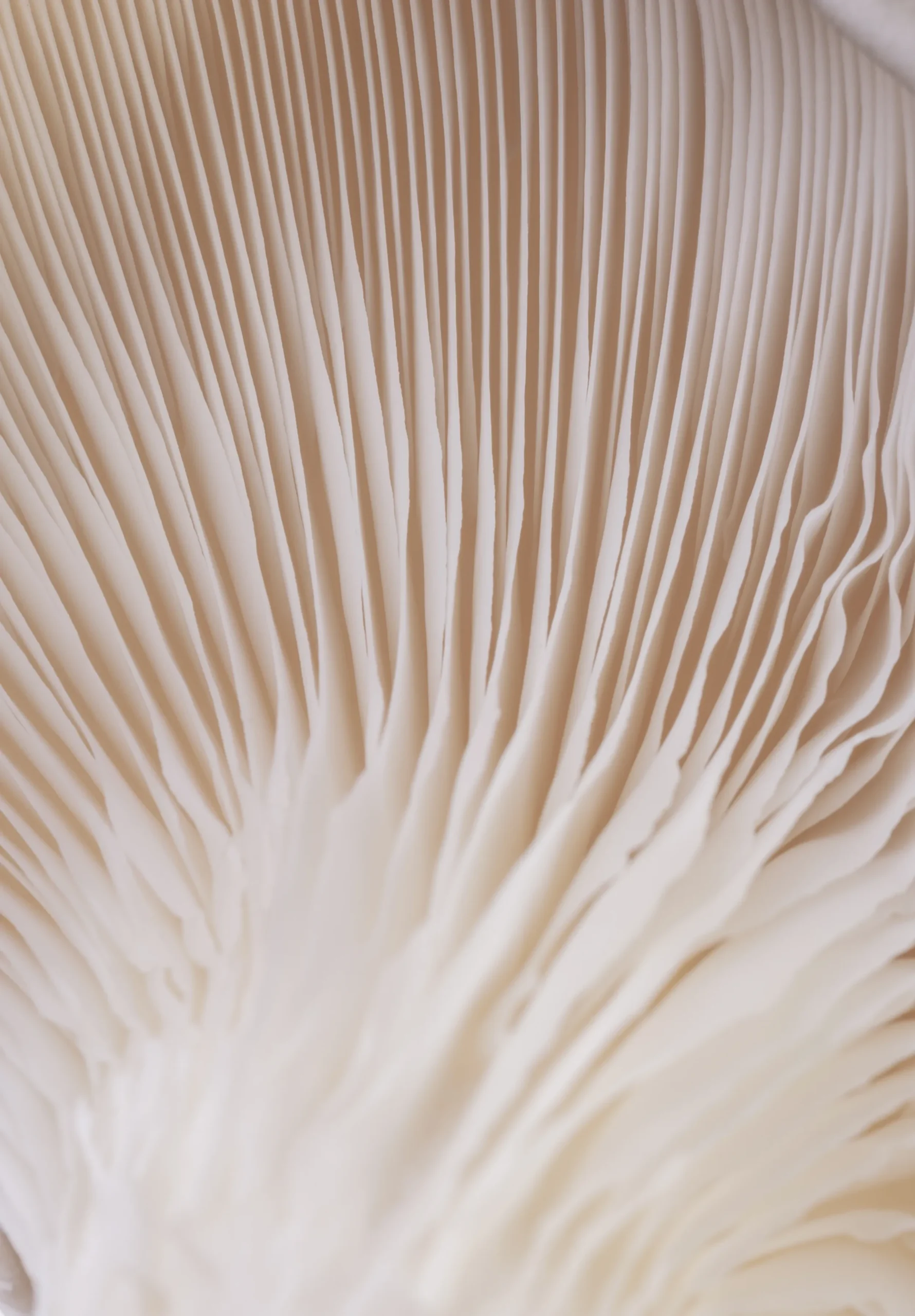
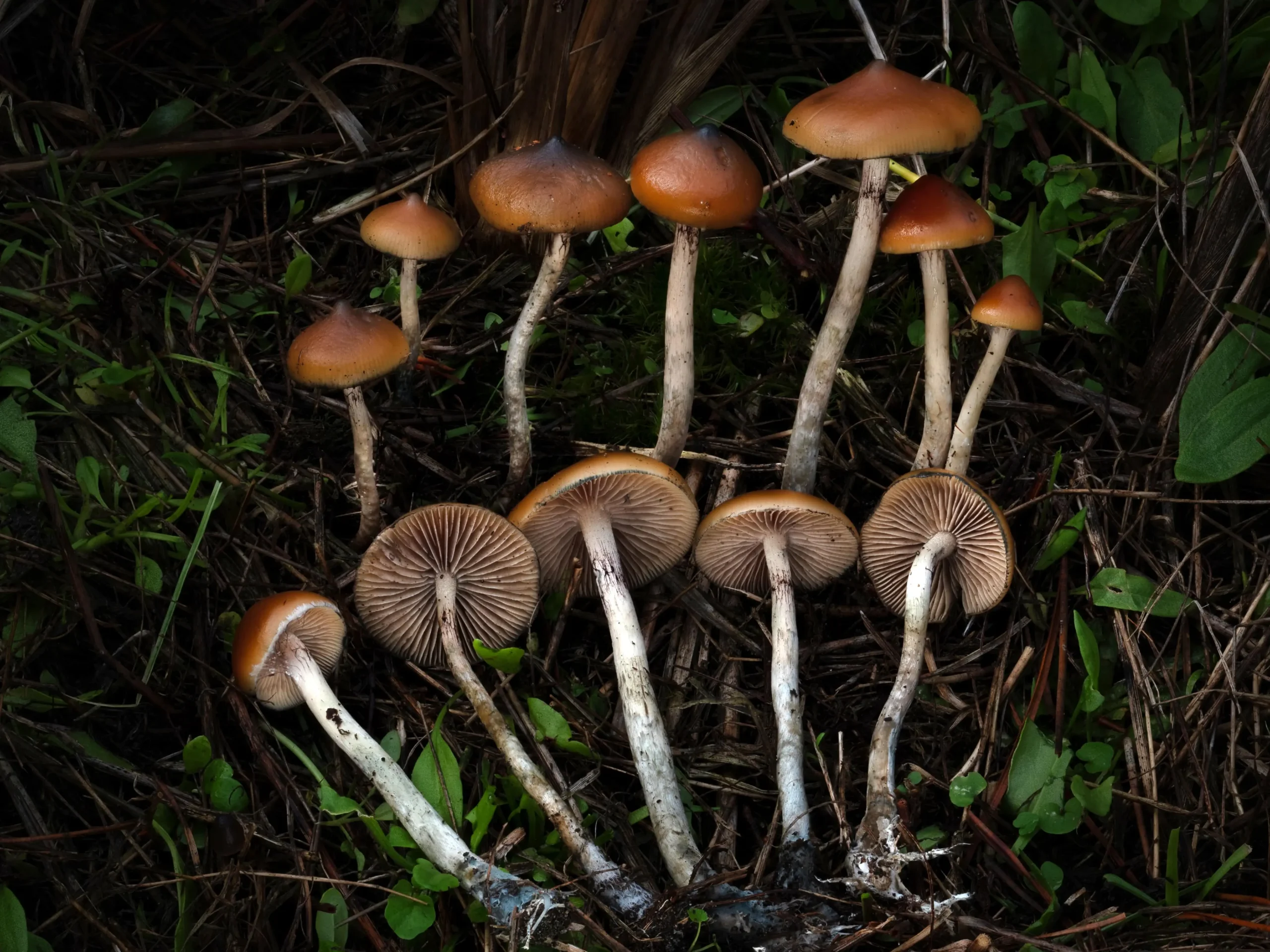
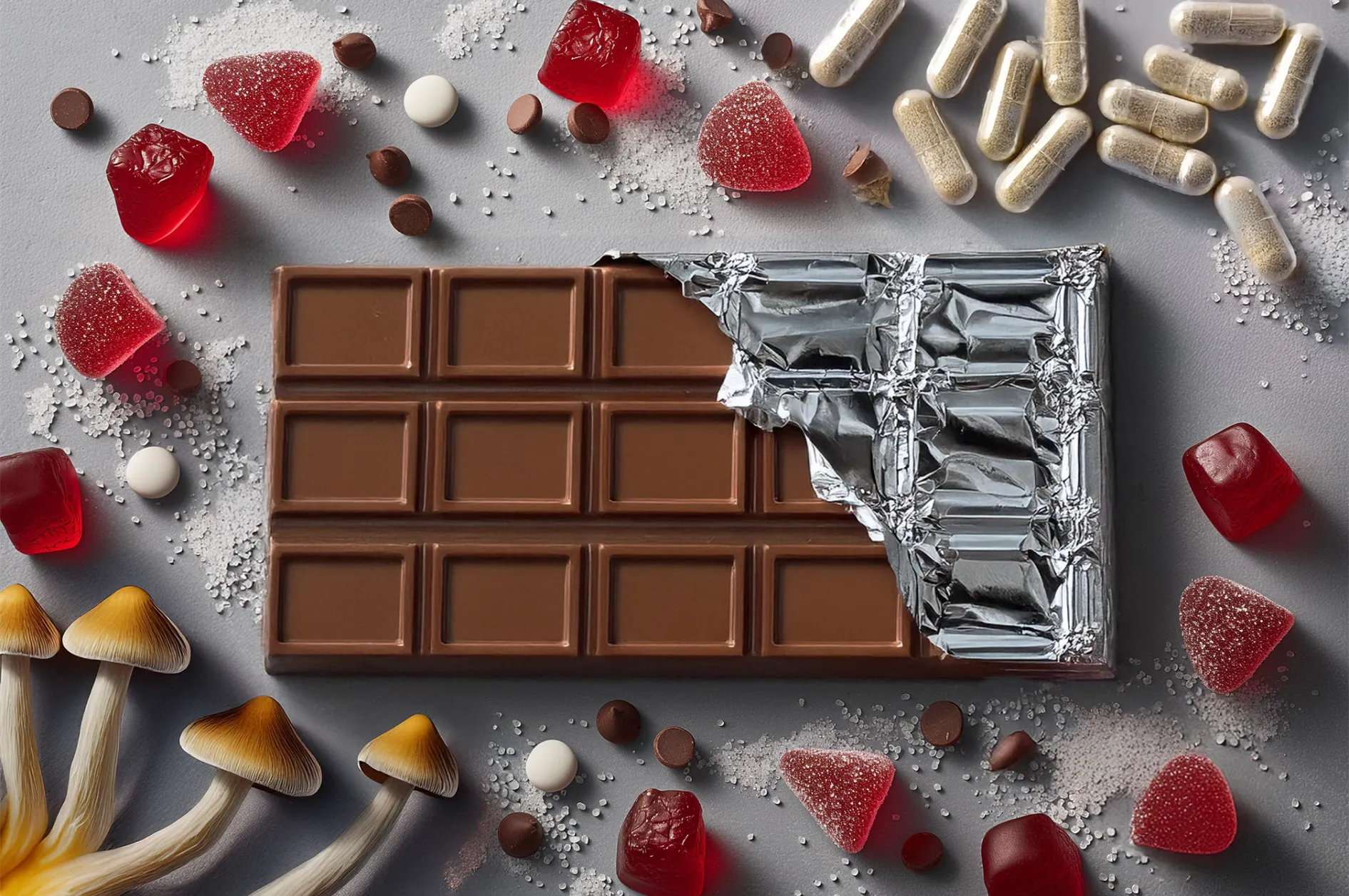
 Psychedelics.com Team
Psychedelics.com Team Stephanie Karzon
Stephanie Karzon James Conway
James Conway